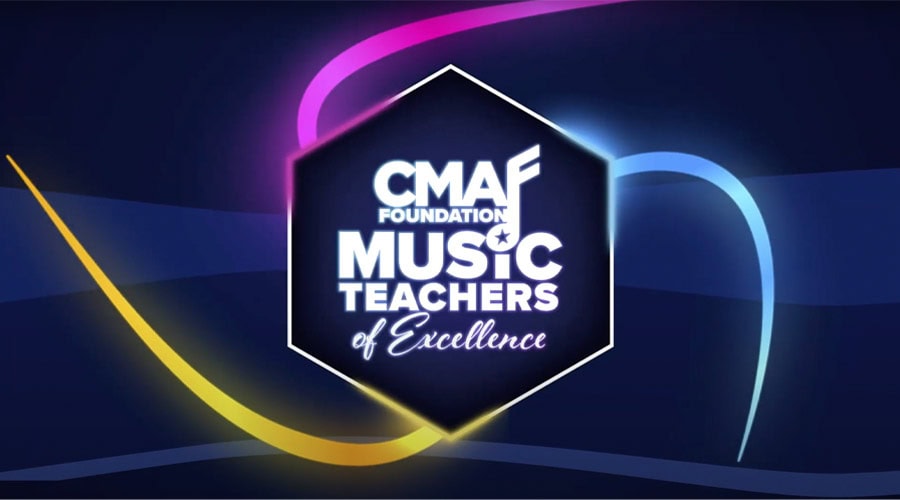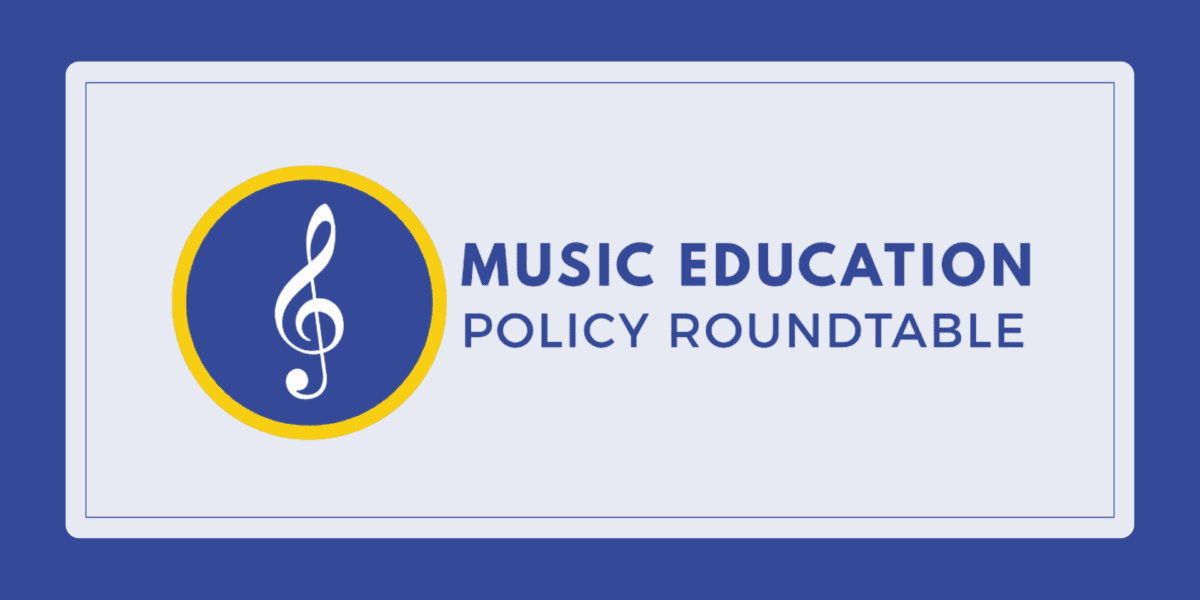Elements
(Dynamic)
Dynamic elements automatically pull content in from other places (like a feed of blog posts).
In many cases, you can use CSS classes like .bg-dark, .larger or .invert to quickly modify the appearance of many of these sections. To learn more about available classes, visit your Style Guide.
Looking for more elements?
Visit your static elements library.
⚡️ Quick Tip
How to use classes in the page builder
All page builder elements, from rows, to columns, to modules, allow you to assign custom CSS classes to manipulate their appearance in a predefined way. We have indicated when this is the case with any of the elements below.
To assign a class to an element:
- Open the Row, Column, or Module settings.
- Click the "Advanced" tab.
- Scroll to the bottom.
- Enter your desired class in the "Classes" field. (To add multiple classes, separate them with a space.)
- Hit "Save"
Bonus: You can add the class invert to any element to create inverted text (like this!)
Feeds
Feed - Featured Post
Tip: You can also use these items as one-offs (displayed without a feed) to highlight just one piece of content.
Feed - Featured Event
Tip: You can also use these items as one-offs (displayed without a feed) to highlight just one piece of content.
Feed - Featured Resources
Featured Resources
Lorem ipsum dolor sit amet, consectetur adipiscing elit ut aliquam, purus sit amet luctus venenatis.
Feed - Grid with Filters - Posts
Sed cursus sit morbi scelerisque curabitur. Vel et mollis fermentum at nunc, pretium.
Feed - Grid with Filters - Resources
Sed cursus sit morbi scelerisque curabitur. Vel et mollis fermentum at nunc, pretium.
Chorus Responding Unit—Advanced Level
NAfME Teaching with Primary Sources Curriculum Units for the 2014 Music Standards In this unit, students will use recordings and other resources held by the Library of Congress to analyze…
Chorus Responding Unit—Accomplished Level
NAfME Teaching with Primary Sources Curriculum Units for the 2014 Music Standards The teacher will guide the students using Inquiry Methods such as the LOC Observe, Reflect, Question model to…
Chorus Responding Unit—Proficient Level
NAfME Teaching with Primary Sources Curriculum Units for the 2014 Music Standards In this unit, students will explore recordings and notation records of some primary source documents held by the…
Band Responding Unit—Intermediate Level
NAfME Teaching with Primary Sources Curriculum Units for the 2014 Music Standards This unit focuses on the historical background of John Philip Sousa, the outline of American march form, and…
Grids
Grid - Simple Grid with Image
Remembering the Spark: A Letter to Our Future Selves
Know Your People
Careers in the Classroom: Modeling the Music Industry in Our Programs
Applied Music Transcription: Notating Recorded Music for Your School Ensemble
Grid - Simple Grid
Tip: Use this as a base for creating your own grid layouts. The partial is already prepped.
Know Your People
Grid - Complex Grid
Tip: Use this as a base for creating your own grid layouts. The partial is already prepped.
NAfME AI Task Force
The latest breakthrough advancement in technology, Artificial Intelligence (AI), has the potential to significantly transform the landscape of music education. As new technology becomes integrated into school systems, it’s important…
Music Teacher Profession Advisory Committee
The work of the Music Teacher Profession Initiative (MTPI), begun in January 2021, brought attention to the importance of music teacher education as a primary responsibility of the National Association…
Teaching Music Magazine Advisory Committee
Teaching Music Magazine is the NAfME publication for all members at all teaching levels and in all areas. Membership includes four issues per year, distributed both in print and digitally. Articles…
Grid - Complex Grid without leadin
Tip: Use this as a base for creating your own grid layouts. The partial is already prepped.
Remembering the Spark: A Letter to Our Future Selves
Remembering the Spark A Letter to Our Future Selves By NAfME member Daniel Abrahams What if you could sit down with the version of yourself who first decided to become…
NAfME Members Named 2026 CMA Foundation Music Teachers of Excellence Award Semifinalists
95 NAfME Members Named 2026 CMA Foundation Music Teachers of Excellence Award Semifinalists On December 10, 2025, NAfME Music Education Policy Roundtable member CMA Foundation named 222 music educators as…
Gary P. Gilroy of California State University, Fresno Named Recipient of the 2025 George N. Parks Award
Gary P. Gilroy of California State University, Fresno Named Recipient of the 2025 George N. Parks Award HERNDON, VA (December 8, 2025)—The National Association for Music Education (NAfME) is proud…












